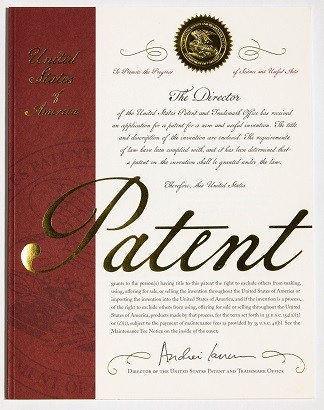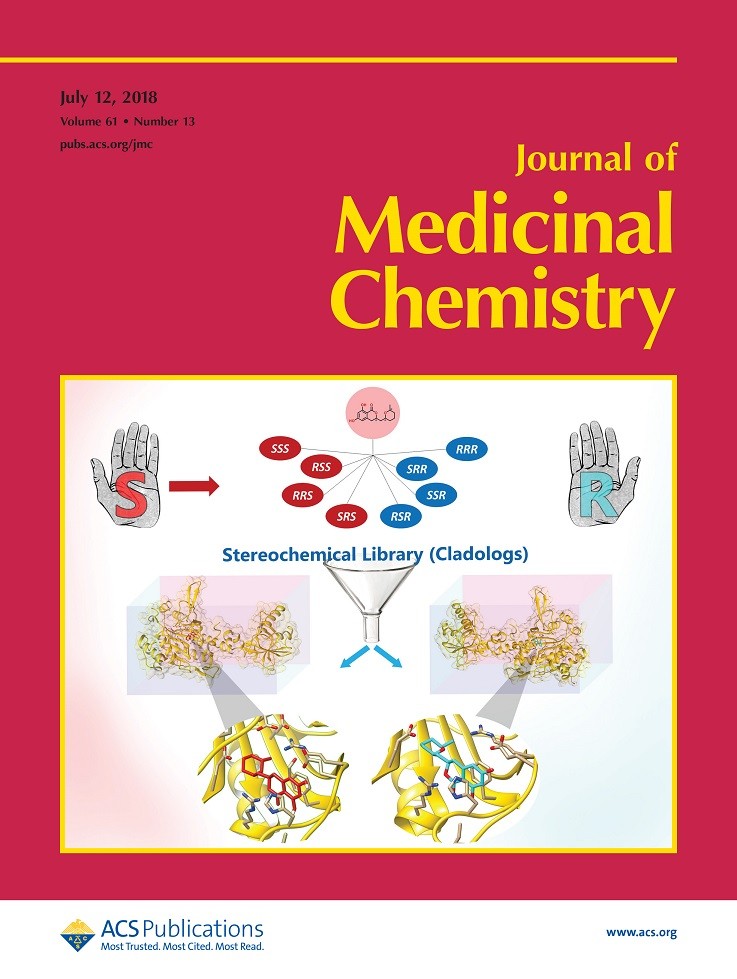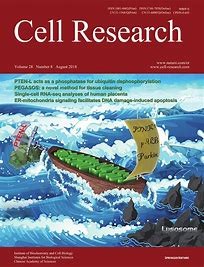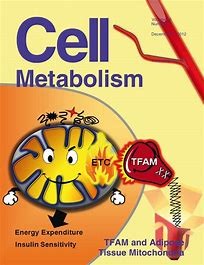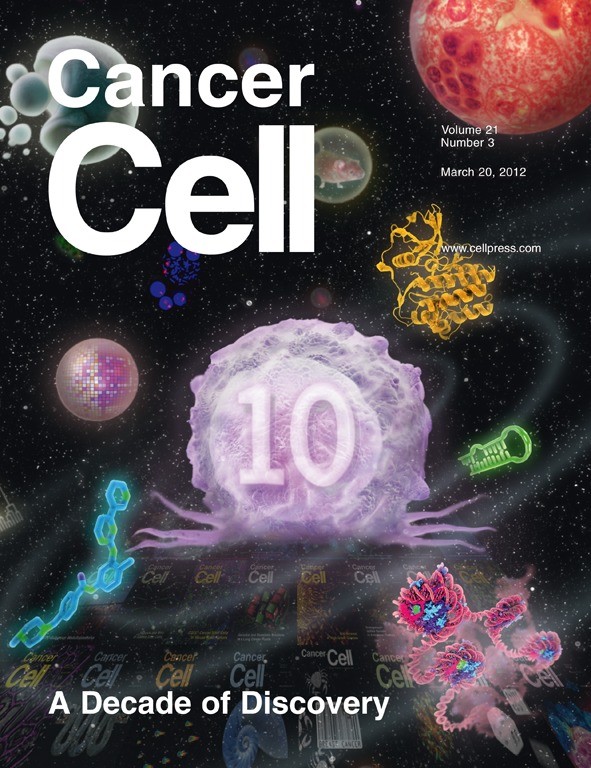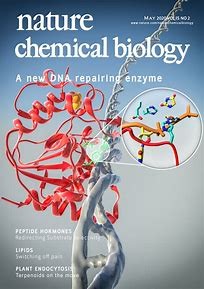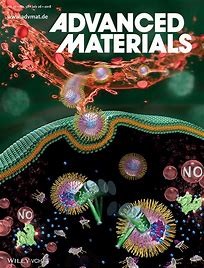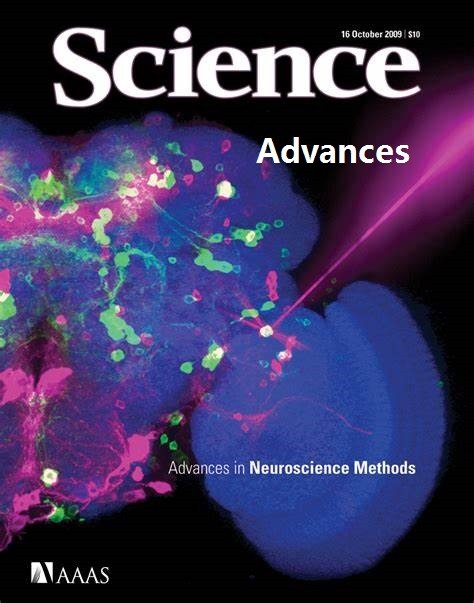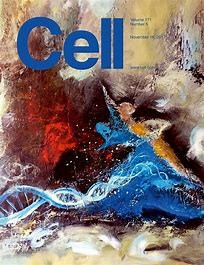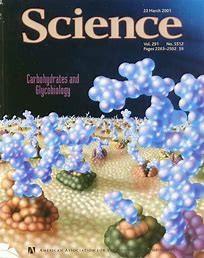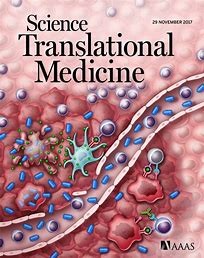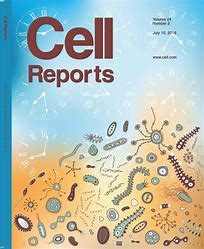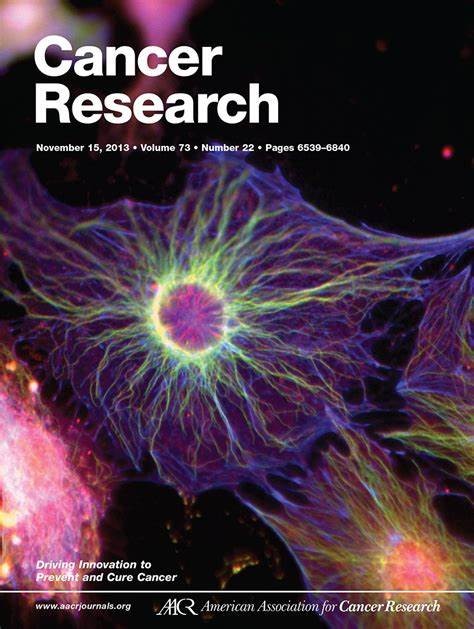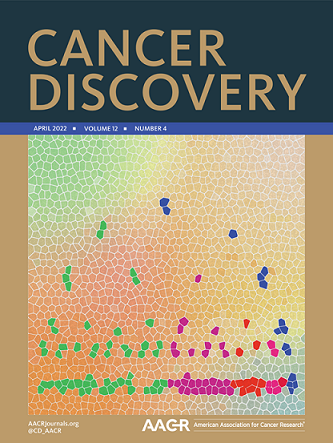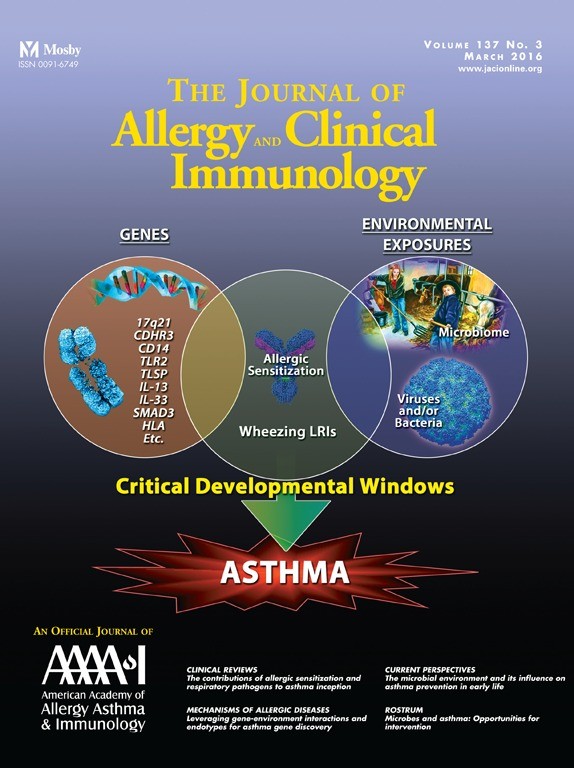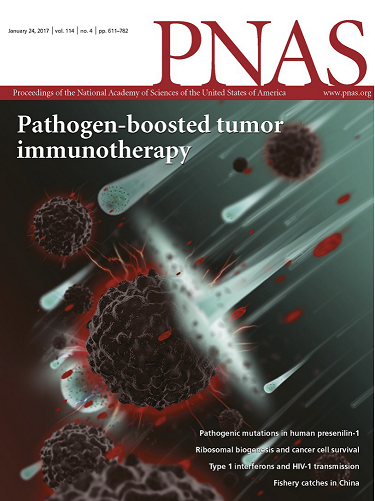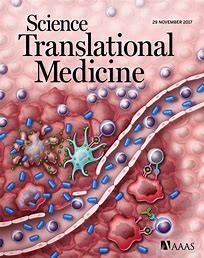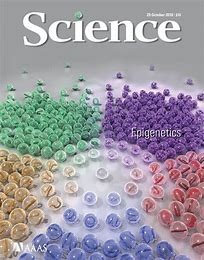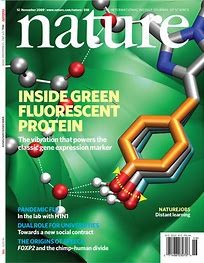This product is for research use only, not for human use. We do not sell to patients.
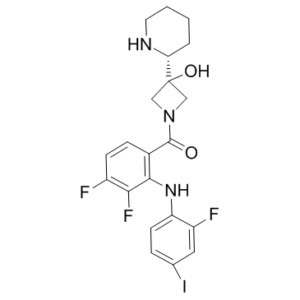
| Size | Price |
|---|---|
| 250mg | Get quote |
| 500mg | Get quote |
| 1g | Get quote |
Cat #: V4525 CAS #: 934660-94-3 Purity ≥ 98%
Description: Cobimetinib R-enantiomer is the less active R-enantiomer of Cobimetinib (formerly GDC-0973, RG7420 or XL-518; Cotellic) which is a small-molecule MEK1 inhibitor approved for cancer treatment.
Publications Citing InvivoChem Products
Product Promise

- Physicochemical and Storage Information
- Protocol
- Related Biological Data
- Stock Solution Preparation
- Quality Control Documentation
| Molecular Weight (MW) | 531.31 |
|---|---|
| Molecular Formula | C21H21F3IN3O2 |
| CAS No. | 934660-94-3 |
| Storage | -20℃ for 3 years in powder form |
| -80℃ for 2 years in solvent | |
| Solubility In Vitro | DMSO: 100 mg/mL (188.2 mM) |
| Water: <1 mg/mL | |
| Ethanol: 47 mg/mL (88.46 mM) | |
| Solubility In Vivo | 5% DMSO+30% PEG 300+5% Tween 80+ddH2O: 5 mg/mL |
| Synonyms | XL518 R-enantiomer, GDC-0973, RG7420 racemate; XL518; XL 518; XL-518 racemate; GDC0973 racemate; GDC 0973; GDC-0973; RG-7420; RG 7420 racemate |
| Protocol | In Vitro | In vitro activity: Cobimetinib shows strong activity on cell growth inhibtion in a broad panel of tumor types, particularly in BRAF or KRAS mutant cancer cell lines. In combination with GDC-0941, GDC-0973 results in reduced viability, pathway inhibition, and increased apoptosis in 888MEL and A2058 cells. Coadministration of GDC-0973 and vemurafenib significantly increases decreased levels of GLUT-1 on the cellular membrane across all BRAFV600E lines. Kinase Assay: Cobimetinib (GDC-0973, RG7420) is a potent, selective and oral MEK1 inhibitor with an IC50 of 4.2 nM for MEK1. Cell Assay: The EC50 values of Cobimetinib (GDC-0973) for 888MEL and A2058 cells are 0.2 μM, 10 μM, respectivelly. Melanoma cells are treated with EC50concentration of MEK and PI3K inhibitors for 24 hours (888MEL: 0.05 μM GDC-0973, 2.5 μM GDC-0941; A2058: 2.5 μM GDC-0973, 2.5 μM GDC-0941). Mitochondrial OXPHOS limits cell death induced by cobimetinib (100 nM) in melanoma with constitutive MAPK activation in A375 cells. |
|---|---|---|
| In Vivo | In mice bearing BRAFV600E and KRAS mutant tumors, Cobimetinib (10 mg/kg, p.o.) produces antitumor efficacy, and the combination of GDC-0973 and GDC-0941 show improved efficacy. In mice bearing drug-resistant A375 xenografts, combination of GDC-0973 and GDC-0941 induces decreased levels of hexokinase II, c-RAF, Ksr and p-MEK protein | |
| Animal model | 5 million WM-266-4 melanoma cells are resuspended in Hank balanced salt solution and implanted intradermally into the hind flank of female NCR nude mice. On days 11 or 13 after the implantation, xenograft mice with tumor volumes of approximately 100 to 120 mm3 are randomLy assigned to 8 groups (n=27 per group), 4 single dose groups and 4 multiple dose groups. One day after randomization and group assignment, mice in the single dose groups are given a single oral dose of vehicle (water for injection USP), 1, 3, or 10 mg/kg of Cobimetinib (GDC-0973, expressed as free base equivalents). Mice in the multiple dose groups are given daily oral doses of vehicle (water for injection USP), 1, 3, or 10 mg/kg of GDC-0973 for 14 days. Plasma and tumor samples (n=3 per time point) are collected from euthanized mice predose and at 2, 4, 8, 16, 24, 72, 120, and 168 hours postdose on day 1 (single dose groups) or day 14 (multiple dose groups). Samples are stored at −80°C until analysis. GDC-0973 concentrations in plasma and tumor lysates are determined using liquid chromatography/tandem mass spectrometry (LC/MS-MS). The dynamic range of the assay is 0.004 to 35 μM. |
| Solvent volume to be added | Mass (the weight of a compound) | |||
|---|---|---|---|---|
| Mother liquor concentration | 1mg | 5mg | 10mg | 20mg |
| 1mM | 1.8821 mL | 9.4107 mL | 18.8214 mL | 37.6428 mL |
| 5mM | 0.3764 mL | 1.8821 mL | 3.7643 mL | 7.5286 mL |
| 10mM | 0.1882 mL | 0.9411 mL | 1.8821 mL | 3.7643 mL |
| 20mM | 0.0941 mL | 0.4705 mL | 0.9411 mL | 1.8821 mL |
This equation is commonly abbreviated as: C1 V1 = C2 V2
- (1) Please be sure that the solution is clear before the addition of next solvent. Dissolution methods like vortex, ultrasound or warming and heat may be used to aid dissolving.
- (2) Be sure to add the solvent(s) in order.
